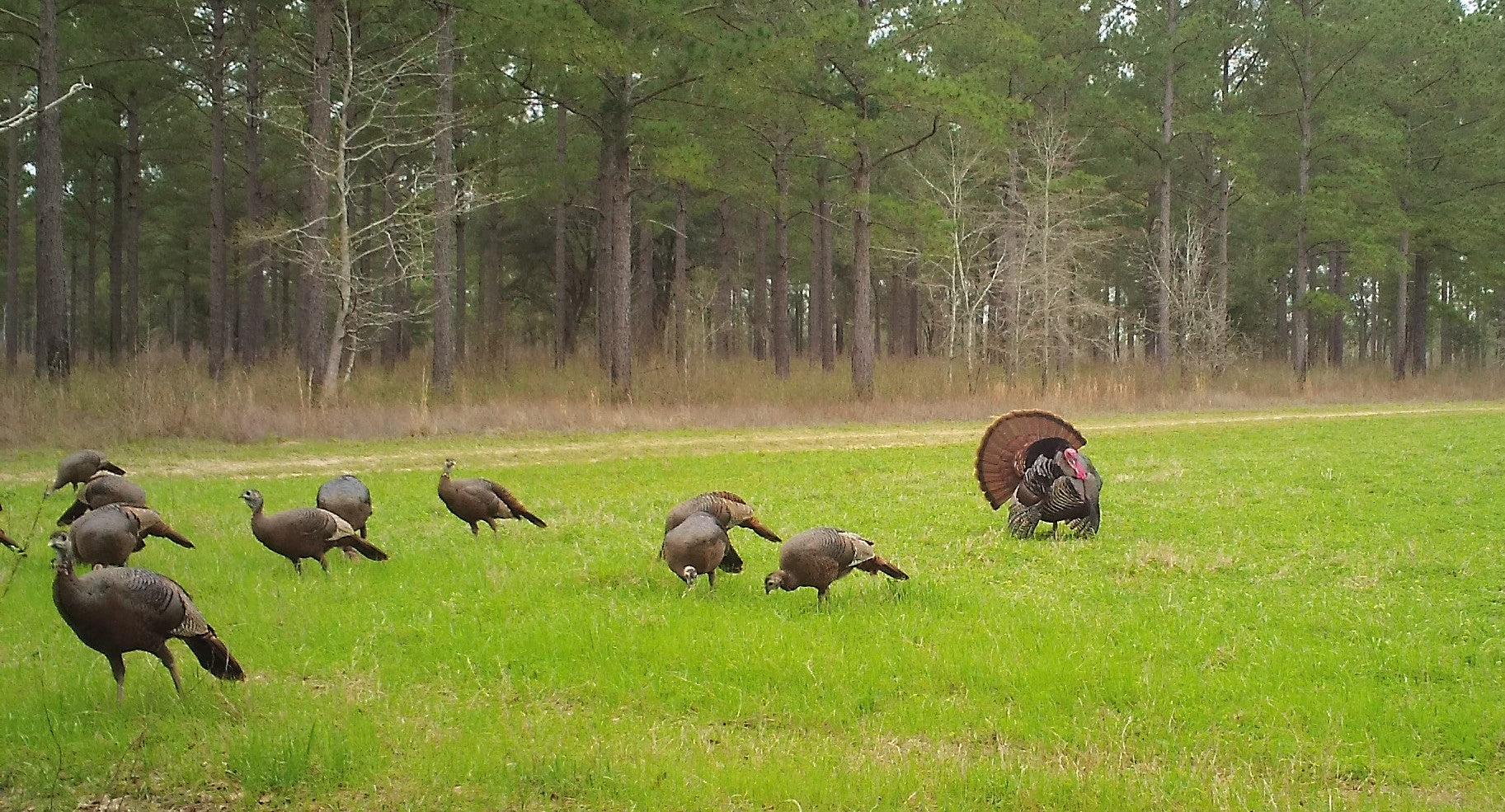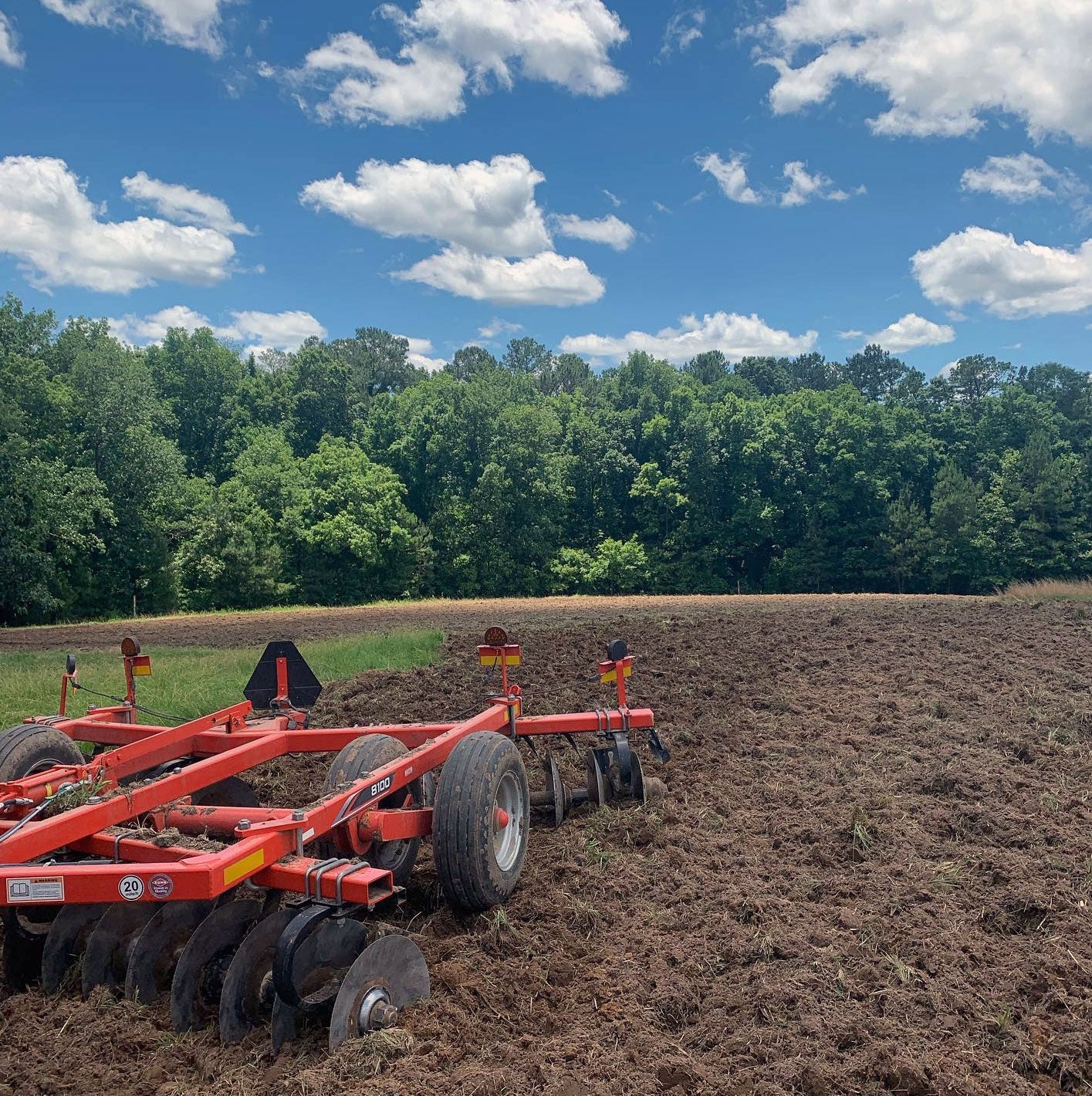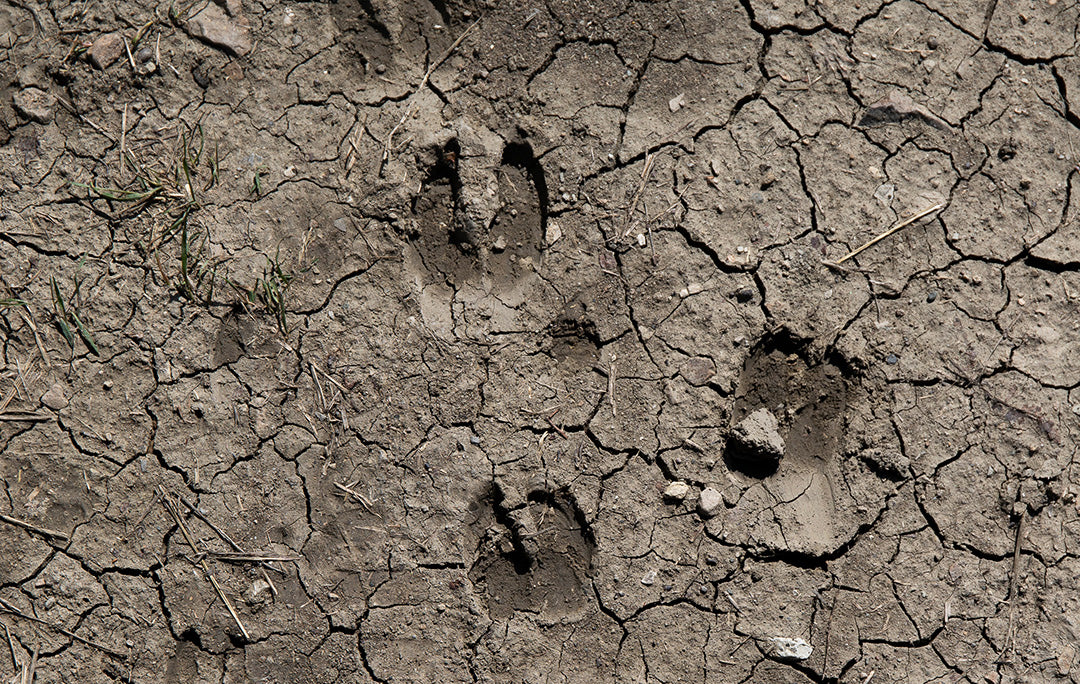El Tecomate Ranch - Part II
In my previous article, I talked about Gary Schwarz
In time, he came up with several options that could answer the call and finally settled on one mix as the staple on his ranch.
Gary calls it Tecomate Dual Deer Mix. The mixture consists of several types of winter grasses, including wheat, triticale, ryegrass and oats, and various legumes, such as Austrian winter peas, clovers, vetches and even alfalfa. With this mix, the grasses address winter carbohydrate needs and the legumes provide a leg-up on early spring protein requirements.
Gary does backup his agricultural crops with free-choice supplemental feed –soybeans, cottonseed and high-protein pellets in the warm season and corn in the cool season. However, Gary views the supplemental feed purely as a safety net and wouldn’t use it at all if he could put more acres in agricultural crops, but limited tillable ground restricts his food-plot acreage to about 4.5 percent of his total area.
Before we look at an overview of Gary’s basic program, I should say that what we’re going to talk about is just one of several configurations that will work. Gary has other plants and mixes that have proven themselves, most notably Tecomate Buck Grass, Monster Mix and DQP (deer and quail peas), a warm-season crawling, vining-type legume providing over 20 percent protein. These planting aren’t vulnerable to early overgrazing, eliminating the need for reversible fences. Plus, DQP will even carryover from one year to the next if temperatures don’t fall below 28 degrees. Still, for now, lablab and Duel Deer Mix are the stables of Gary’s program, so that’s what we’re going to look at in our example. The real point here is to see how one manager has met the challenge of better nutrition. The specifics of what he did and how he did it may or may not be applicable to you, but the principles will be.
A mention of Gary’s herd management strategy is called for. Basically, it’s the same as any other serious trophy program – protect the younger bucks and move them into the mature age classes; maintain a tight buck:doe ratio; control the herd size through an aggressive doe harvest; and limit the mature buck harvest to assure the presence of plenty of peak-antler-aged bucks. About the only unique feature of his herd management strategy is that since he is managing for top-end bucks, he takes few of his better bucks and focuses most of his attention on so-called “management bucks,” consisting mostly of 8-pointers and other mature bucks that don’t have top-end potential.
Banking Moisture
Ok, back to the nutritional strategy. Right up front, Gary had to find a way to overcome the greatest challenge of growing food plots in South Texas – a shortage of water. This required special dry-land farming techniques, some of which could be extracted from traditional farming methodology. Some had to be developed for the purpose. Thus combining some old and some new, Gary came up with his own strategy for “banking water.” At its heart is deep tillage of the soil, creating an 18 to 20-inch layer of soft, absorbent soil. This layer, which is prepared weeks and even months ahead of planting time, serves as a sponge that allows the moisture from the occasional rains to be soaked up and preserved above the hardpan but below the level where the scorching sun and moisture-robbing wind can quickly suck it away. Even as little as one inch of rain on this absorbent layer of soil can be enough to produce a good crop of lablab. Gary points out that sandy, loamy soils are best for banking moisture. Heavy clay soils require irrigation or more rain and aren’t as conducive to dry-land farming.
The Program At Work
Gary normally plants lablab as soon as the danger of freezing is over in late February or early March. The deep tillage in preparation for planting is done from mid-August through December, but the gamble increases as more time passes. After deep tillage, the field awaits the rain. After the rains come, Gary either lightly tills the plot again with a field cultivator or applies herbicides to control weeds and grasses that would draw out precious moisture. When the time is right, he plants lablab with a row-crop planter at a rate of a seed per 8 to 12 inches (8 to 10 pounds per acre). The protective fence is lowered to keep the deer out for three to four weeks until the lablab is well-leafed and going strong.
In order for lablab’s protein to be available during the critical early antler-growing phase, Gary tries to have the field ready for grazing by the first two weeks of April. To encourage more rapid growth and curb weed competition, he normally cultivates the crop a time or two. The result is a stand of up to 8,000 pounds per acre of highly digestible, 25 to 30-percent protein plants that will put bigger antlers on more bucks … and this in a region once thought to be incapable of consistently growing a warm-season crop!
You may have figured out that the need to bank moisture prior to the spring lablab planting curtails the ability to double-crop warm and cool season crops on the same acreage, as we did routinely on Fort Perry. During wet years, double-cropping can certainly be done. The problem is that you can’t know in advance when it’s possible. So, Gary faces a decision. He can plant a winter crop prior to planting lablab and take a chance that sufficient winter and spring rains will replenish the moisture used by the winter crops. Or, he can play it safe and plant the winter crop on different acreage, allowing the awaiting lablab field to bank fall moisture for the spring planting. Gary has done it both ways but prefers to bank moisture to maximize lablab success. Fortunately, because of the inherently thrifty nature of South Texas deer, a long growing season and the high productivity of the natural habitat, even without double-cropping, less acreage is required to bring astounding results in South Texas than in other places.
The cool-season planting of Dual Deer Mix is not quite as critical as the warm-season planting. The cooler weather stretches out the moisture a bit more. Still, moisture conservation is important. Gary’s best success comes when he deep tills the soil in mid-August through early September to capture the fall moisture prior to planting Duel Deer Mix (using a grain drill and a planting rate of about 30 pounds/acre) in November or early December. Why so late? Earlier plantings, while feasible in cooler, wetter climates, are likely to suffer from heat and the lack of moisture in South Texas. By waiting, much higher productivity can be expected. True, the benefits of the plot as an attractant during early hunting season are lost, but the primary goal is provide nutrition to overcome the effects of a stressful rut, which is best done by planting later.
Even in South Texas, it is possible, even practical, to follow a warm-season crop with a cool-season one. To start with, the warm-season crop can be plowed under and deep tillage done in, say, September, leaving time to bank moisture before the late fall planting. Gary frequently does this. Sometimes, however, Gary will let the lablab stay later into the fall and plow it under just prior to planting Dual Deer Mix. Moisture is the deciding factor. It’s the manager’s call to make. When following lablab with Dual Deer, Gary usually foregoes planting lablab in that field and lets the Dual Deer legumes carryover right into the warm season, which they will do quite nicely.
There’s That Number Again
A very interesting fact is that, despite differing farming techniques and crops on Fort Perry and Tecomate, the number of deer that can be supported in optimum health on an acre of food plot was the same on both places, 3.5 deer/acre of plot to be exact. Yet, the dynamics involved in getting there are very different. In Georgia, where high-quality natural browse is in limited supply much of the year, a friendly farming environment allows for efficient two-crop farming with very little downtime between crops, thus the great majority of the deer’s year-round diet is derived from food plots. In South Texas, the natural plant community is inherently more nutritious than that of the South and is better able to pick up the slack between crops or when crops stress during the heat or drought. Nutritious natural browse and forbs typically make up a higher percentage of the deer’s diet, though they certainly will feed very heavily on the crops when available. Despite these differences, the end result of food plots was the same on both Tecomate and Fort Perry.
(There is great value in knowing the number of deer an acre of food plot will support. It allows a manager to set specific population goals and/or food-plot acreage objectives. It even helps in determining the placement, distribution and sizing of individual food plots on a tract. But, all this is the topic of another article yet to come.)
So there you have it – the food-plot strategy for El Tecomate Ranch. Yes, it takes a lot of work to pull it off, especially when first getting set up. But think about what it produces! A 20-acre warm-season food plot is capable of yielding over 160,000 pounds of highly nutritious deer feed! That’s 80 tons! At $300 a ton, an equivalent amount of high-protein pellets would cost $24,000, not counting getting it to the deer … and would not bring the same results! Once everything is set up, the annual cost of planting is a fraction of that. With about 4.5 percent of El Tecomate in food plots, Gary is supporting a deer per six acres at jumbo body and antler sizes. Is it worth it? Gary thinks so … and so do a growing number of people both in Texas and across the country.
Posted by David Morris











Leave a comment